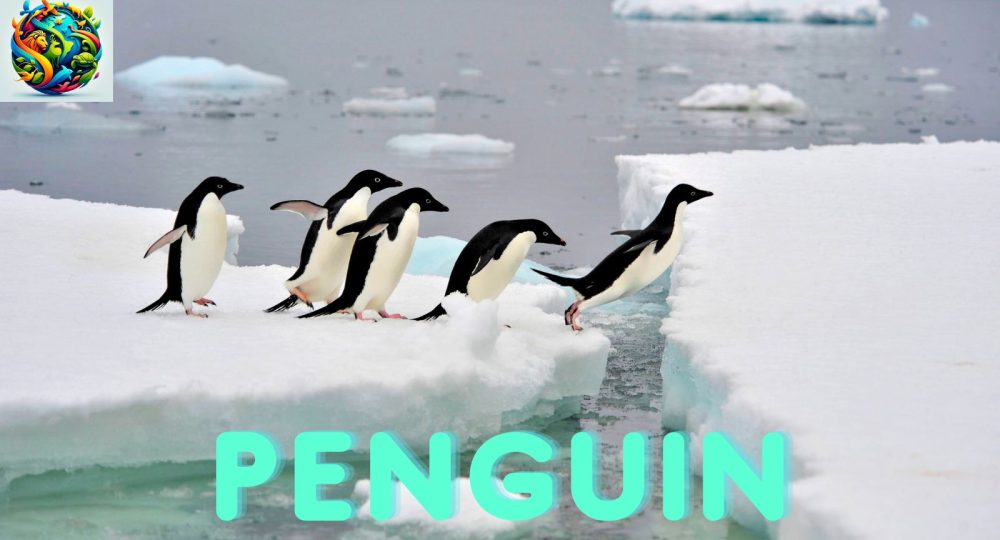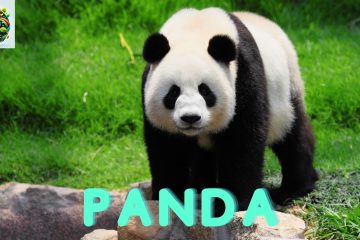
Penguin: Ultimate Master of the Antarctic Ice
Penguin: Ultimate Master of the Antarctic Ice
Introduction
Penguins are a group of flightless birds that have captured the hearts of many with their charming waddle and sophisticated tuxedo-like appearance. These birds are exclusively found in the Southern Hemisphere, with the greatest concentrations in Antarctica, though not all species live in such cold climates.
Amazing Facts about Penguin
They are remarkable swimmers, with some species capable of reaching speeds up to 22 mph (35 km/h) in the water. They use their powerful flippers for propulsion and their feet and tail for steering, making them agile and efficient hunters underwater.
Habitat/Food
They inhabit a variety of climates, from the icy shores of Antarctica to the tropical islands near the equator. Their diet mainly consists of krill, fish, and squid, which they hunt underwater. The harsh conditions of their habitats have led penguins to develop unique adaptations, such as their insulating layer of fat and waterproof feathers.
Where They Found on Earth
While often associated with Antarctica, they are also found in several other locations across the Southern Hemisphere. Species inhabit the coasts of South America, the Galápagos Islands, Australia, New Zealand, and several islands in the southern Pacific Ocean.
Appearance
They are known for their distinctive black and white plumage, which serves as camouflage while swimming. Moreover, the white belly blends with the bright surface of the sea when viewed from below, and the dark back obscures the penguin against the dark ocean water when viewed from above.
Types and subspecies
There are about 18 species, ranging from the majestic Emperor Penguins, the tallest of the species, standing at over 4 feet tall, to the little Blue Penguins, which is only about 16 inches tall. Each species has adaptations suited to its specific environment.
Predators and Threats
Natural predators include leopard seals, sea lions, and orcas; however, human activities pose the greatest threats. Which include climate change, overfishing, and oil spills, which all impact their food sources and breeding grounds.
Mating
Though they have a variety of breeding strategies, most species are monogamous during a breeding season. They earn renown for engaging in intricate courtship ceremonies, which often involve singing, mutual preening, and exchanging stones or pebbles as gifts.
How They Communicate
They communicate through vocalizations and body language. Each species has a distinct call, which is essential for identifying mates and chicks in crowded breeding colonies.
Movies
They have been the subject of numerous documentaries and films, highlighting their lives and challenges. Notable examples include “March of the Penguins,” which details the Emperor Penguins’ incredible journey to breed, and “Happy Feet,” an animated movie celebrating their unique charm.
Pronunciation in Different Languages
- English: Penguin
- Spanish: Pingüino
- French: Pingouin
- Mandarin: 企鹅 (Qǐ’é)
- Hindi: पेंगुइन (Peṅguin)
FAQs
Q: Do they have knees?
Yes, they do have knees! Their legs possess extremely short lengths, and thick feathers cover their upper leg bones, rendering their knees invisible.
Q: Can they fly?
No, they are flightless birds. Their wings have evolved into flippers used for swimming.
Q: How do they stay warm in cold climates?
They have several adaptations to stay warm, including a thick layer of blubber and densely packed feathers that provide waterproofing and insulation.
Q: Are all species black and white?
While most are primarily black and white, some species have distinctive markings in yellow, orange, or blue; however, the King Penguin, for example, has vivid orange patches on its head and neck.






